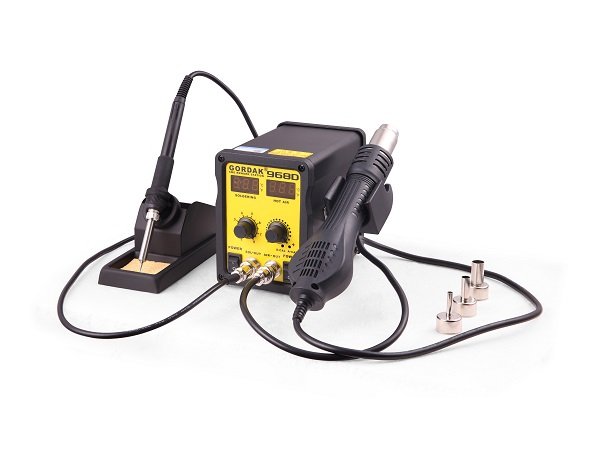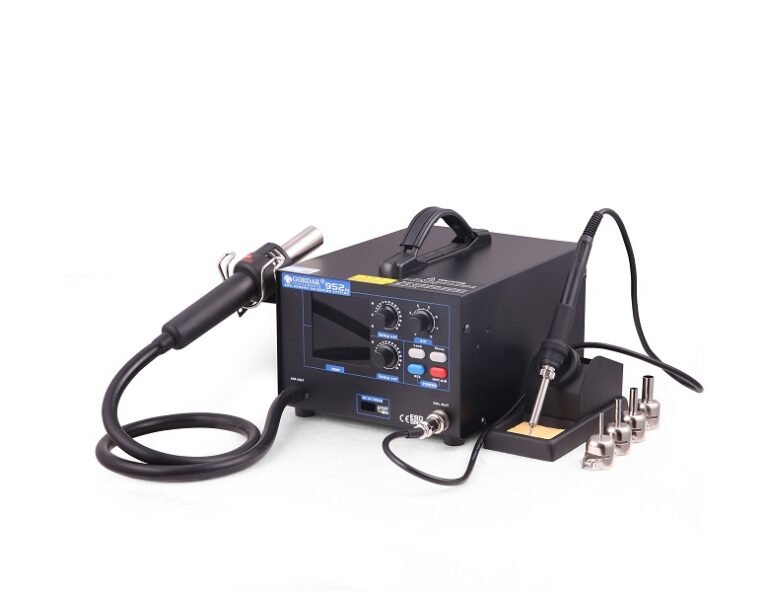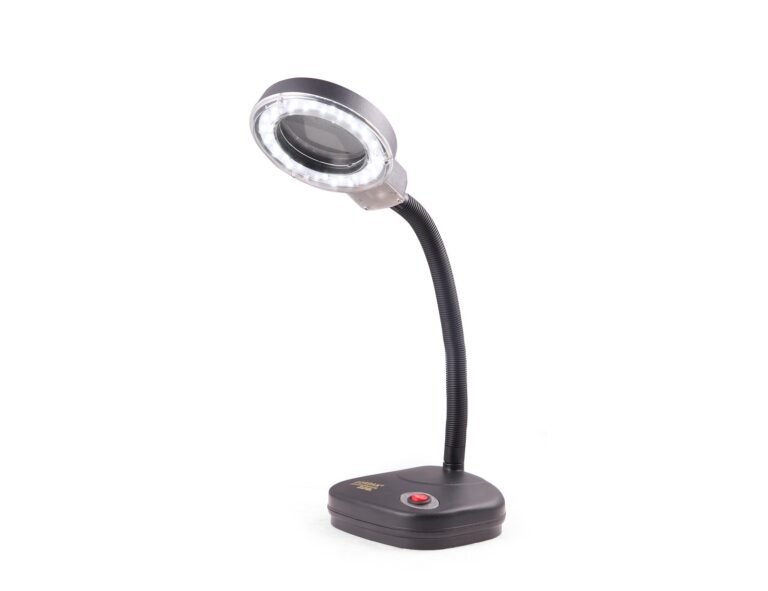Soldering is a common technique used to join two or more metal pieces together. It involves melting a metal alloy (solder) and using it to create a strong and durable bond between the metal surfaces. However, sometimes it can be challenging to get the solder to stick to the metal properly. In this article, we will explore some tips and techniques to help you achieve successful solder joints.
Choosing the Right Flux
Flux is a chemical compound used to clean the metal surfaces before soldering. It helps remove any oxide or dirt that may hinder the solder from adhering to the metal. Choosing the right flux is crucial for getting solder to stick. There are many types of flux available, such as rosin, water-soluble, and no-clean flux. Each type has its own unique properties and is suitable for specific applications. It is important to select a flux that is compatible with the metals you are soldering and the solder alloy being used.
Proper Surface Preparation
Ensuring that the metal surfaces are properly prepared is essential for achieving good solder adhesion. Firstly, the surfaces need to be clean and free from any contaminants like oil or grease. These impurities can prevent the solder from sticking properly. You can clean the surfaces using a suitable solvent such as isopropyl alcohol or acetone. Secondly, it is important to remove any oxidation layer from the metal surfaces. This can be done by gently scrubbing the surfaces with fine-grade sandpaper or using a wire brush. The goal is to expose clean and shiny metal surfaces that can facilitate proper solder adhesion.
Applying the Right Amount of Heat
Applying the right amount of heat is crucial for successful soldering. If the temperature is too low, the solder may not properly melt and adhere to the metal. On the other hand, excessive heat can damage the metal or the electronic components being soldered. It is recommended to use a soldering iron with adjustable temperature settings to ensure precise control. The soldering iron should be heated to a temperature that is slightly higher than the melting point of the solder alloy being used. This will allow the solder to flow smoothly and create a strong bond with the metal surfaces.
Using Proper Soldering Techniques
The soldering technique used also plays a significant role in getting the solder to stick to the metal. It is important to heat the metal surfaces evenly and apply the solder at the right moment. The solder should be melted onto the metal, not on the soldering iron itself. Touching the solder to the heated metal will allow it to flow and adhere properly. It is advisable to heat the metal for a few seconds before applying the solder. Additionally, using the right amount and type of solder is essential for achieving quality and durable solder joints.
Conclusion
Getting solder to stick to metal requires proper flux selection, adequate surface preparation, precise temperature control, and correct soldering techniques. By following these guidelines, you can achieve strong and reliable solder joints that will effectively join different metal pieces together. Remember to always prioritize safety and practice good soldering habits to ensure optimal results.



